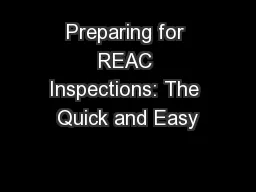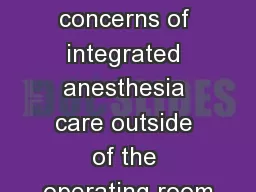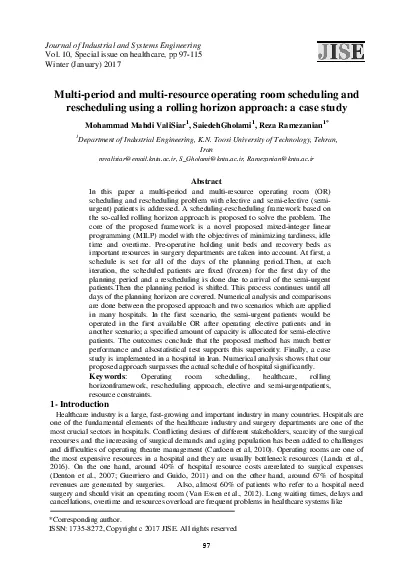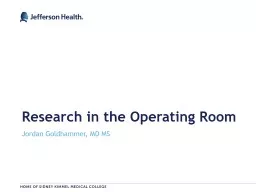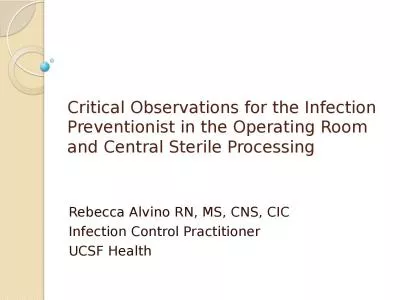PPT-Preparing Patients for the Operating Room
Author : luanne-stotts | Published Date : 2018-11-02
Sugong Chen June 22 2015 When does it start As soon as you meet the patient Remember we are surgeons so every patient is a potential surgical candidate Why is
Presentation Embed Code
Download Presentation
Download Presentation The PPT/PDF document "Preparing Patients for the Operating Roo..." is the property of its rightful owner. Permission is granted to download and print the materials on this website for personal, non-commercial use only, and to display it on your personal computer provided you do not modify the materials and that you retain all copyright notices contained in the materials. By downloading content from our website, you accept the terms of this agreement.
Preparing Patients for the Operating Room: Transcript
Download Rules Of Document
"Preparing Patients for the Operating Room"The content belongs to its owner. You may download and print it for personal use, without modification, and keep all copyright notices. By downloading, you agree to these terms.
Related Documents


